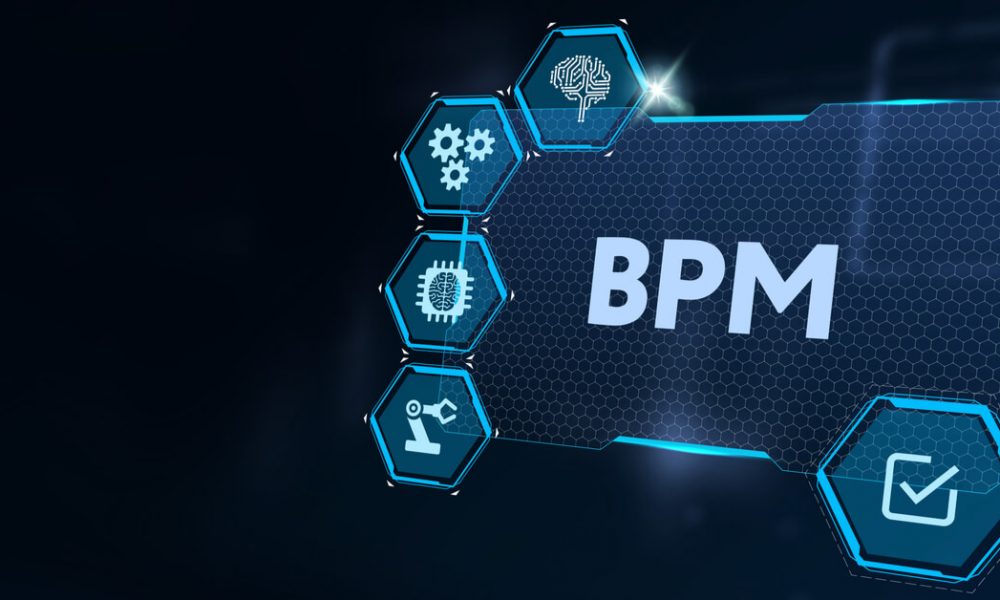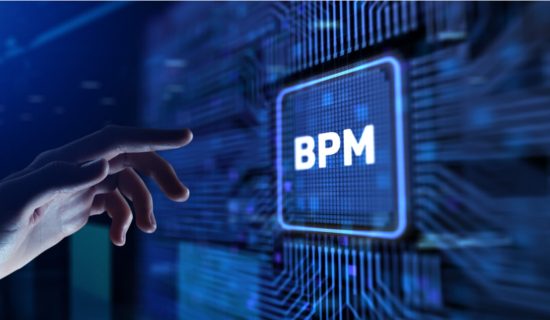Turning a business idea into reality is not always straightforward. BPM software - Business process management, or digital tools to support organizational management, are designed to help companies optimize existing processes or create new ones in the name of the greatest possible effectiveness. The more efficient such tools are, the more quickly new services can be implemented, aimed at increasing productivity and ultimately boosting results.
BPM software: why to use it to support business decisions
BPM software can monitor processes, analyze their operation and, thus, lead decision makers to define organizational adjustments and changes in the technologies used based on factual information. The applications that perform these activities capture and work on the data introduced into the systems, make findings on performance indicators (KPIs) and return comprehensive reports on the operation of the processes that can, then, be queried according to the specific cognitive needs of the various process staff or management.
The best BPM software is capable of shaping processes according to objectives: the faster and more flexible they are and the more they are able to involve various actors and the applications they use to work, the greater the benefits to the company.
BPM software: 5 must-have requirements for a fast go live
For optimize business processes, digitization is an indispensable step. Not only that, a BPM software platform must enable management to design, create and modify digital services to facilitate activities and create new ones at the fast pace dictated by competitiveness.
The prerequisites for identifying the ideal BPM software platform-that is, one that can speed up the go live-are 5.
1.PaaS (Platform as a Service) Solution.
First, it is very useful to make use of a PaaS solution. This choice is explained by the fact that the cloud services model of this type requires the provider to make available all the useful tools to develop its own applications (or optimize existing ones) according to the logic of as-a-service. The end user, therefore, does not have to worry about equipping himself with the infrastructure and software development environments. Instead, he takes advantage of all the scalability, reliability and continuity benefits needed to meet his needs.
2.Platform no code
Secondly, if you cannot rely on a team of experienced programmers who are always ready to handle the implementation of new services or process optimization, you can turn to platforms that enable no-code software development. The app created through these solutions takes advantage of the code already contained in the platform , which, therefore, does not require knowledge of programming languages to be used. Thus, the number of people who can work on the solutions is multiplied and, therefore, the wait time for go live is reduced. This is precisely because one does not have to depend on the intervention of specialists, whether internal or external to the organization.
3.Integration capacity
The chosen BPM software must, then, have high integration capabilities with existing technologies in the IT ecosystem, preferably through the latest API integration standards. This is an important requirement to make the dialogue between applications and the exchange of data faster.
4.Artificial intelligence
If the software for BPM is equipped with artificial intelligence (AI), the process will have far greater added value. Scenario analysis will be even more immediate, as will the processing of the data obtained to make the services perform better and better.
5.Reliable technology partner
Finally, it is critical to opt for a technology partner that provides reliable and secure infrastructure so as to ensure business continuity and data protection. In addition, the provider must provide the support and expertise as the need arises, so that the full potential of the implemented BPM software platform is always exploited.








